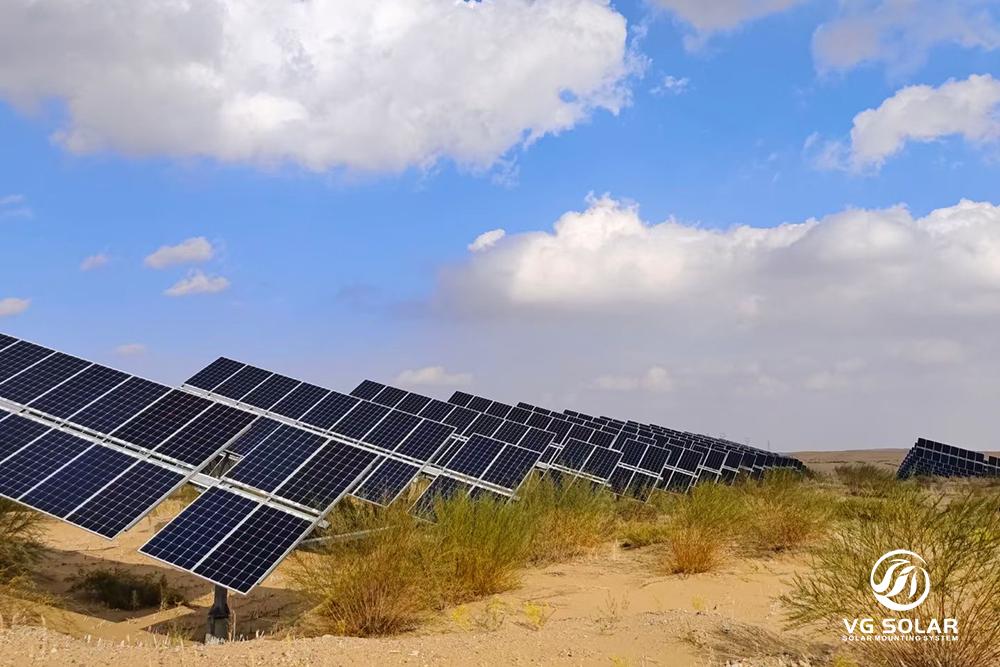Harnessing solar energy through photovoltaic technology has become increasingly popular in recent years. Photovoltaic systems are an efficient way of harnessing sunlight to generate electricity and have the potential to reduce our reliance on traditional fossil fuels. However, the performance of photovoltaic systems can be significantly affected by the topography of the site. Complex terrain, such as hills or sloping landscapes, can be a challenge for traditional fixed-tilt PV systems. In this case, PV tracking systems can provide a better power generation solution.
Photovoltaic tracking systems are designed to orient photovoltaic panels to follow the path of the sun as it moves across the sky. This allows the panels to capture more sunlight and generate more electricity than fixed-tilt systems. For installations in difficult terrain, where the angle and direction of the sun can change throughout the day, a tracking system can maximise the amount of sunlight reaching the panels, resulting in higher power generation.
One of the main advantages of photovoltaic tracking systems in complex terrain is their ability to reduce shading within the array. With traditional fixed-tilt systems, shadows cast by nearby obstructions such as trees, buildings or other structures can significantly reduce the power output of the system. This is particularly true in hilly or sloping landscapes, where the position and length of shadows change as the sun moves across the sky. Tracking systems, on the other hand, can adjust the orientation of the panels to minimise the effects of shadows, resulting in more consistent and reliable power generation.

In addition, photovoltaic tracking systems are better suited to harnessing solar energy on rainy days. In areas with complex terrain, where clouds and precipitation are more common, traditional fixed-tilt systems can struggle to generate electricity effectively. However, the tracking system can optimise the angle of the panels to capture as much sunlight as possible, even in cloudy or rainy conditions. This makes tracking systems a more reliable and efficient option for generating electricity in areas with variable weather.
In general, the use of photovoltaic tracking systems is suitable for complex terrain and can achieve higher power generation on rainy days. By reducing shading within the array, the tracking system ensures consistent and maximised power output even in challenging landscapes. As the demand for renewable energy continues to grow, the benefits of tracking systems make them an attractive option for power generation in a variety of geographical conditions. Whether in flat or hilly terrain, the use of photovoltaic tracking systems can provide better power generation solutions and contribute to a more sustainable energy future.
Post time: Dec-14-2023
